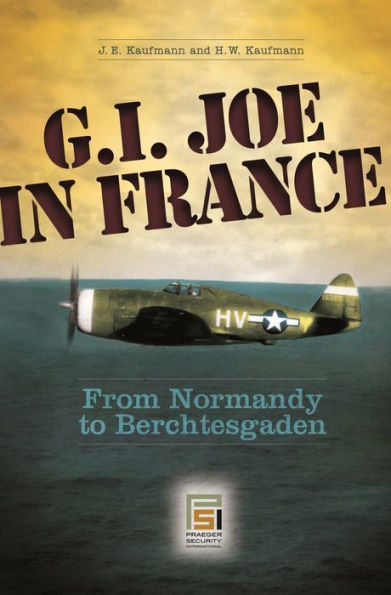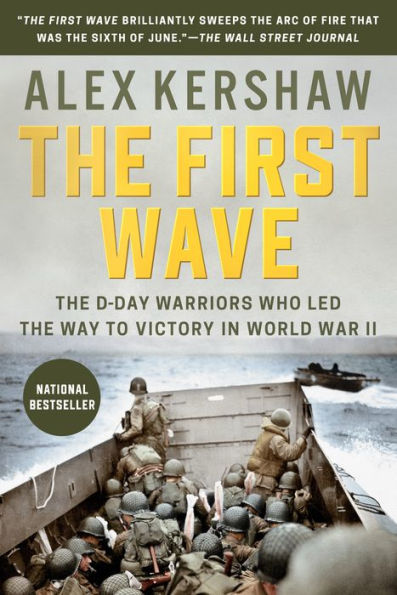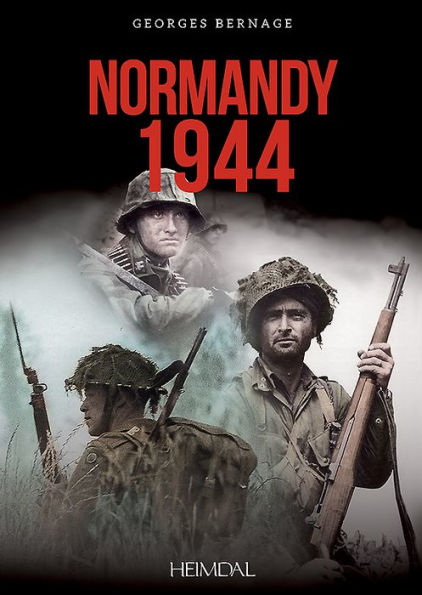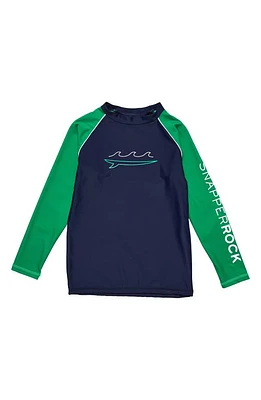Home
Winds, Waves, and Warriors: Battling the Surf at Normandy, Tarawa, and Inchon
Barnes and Noble
Winds, Waves, and Warriors: Battling the Surf at Normandy, Tarawa, and Inchon
Current price: $39.95


Barnes and Noble
Winds, Waves, and Warriors: Battling the Surf at Normandy, Tarawa, and Inchon
Current price: $39.95
Size: OS
Loading Inventory...
*Product information may vary - to confirm product availability, pricing, shipping and return information please contact Barnes and Noble
Winds, Waves, and Warriors
examines the oceanographic conditions that U.S. military planners considered, or should have considered, when landing troops and vehicles on the beach at three historic amphibious assaults: Normandy, Tarawa, and Inchon. Oceanographer Thomas M. Mitchell brings welcome insight into a little-studied yet extraordinary aspect of ground warfare by explaining why certain tidal and weather conditions existed at those specific places and times, and how they affected the Army and Marine foot soldiers fighting to get ashore.
Mitchell offers easy-to-understand descriptions of basic oceanographic concepts and applies them to actual amphibious operations. Winds and waves hampered the Allies’ efforts on D-Day but less than they would have had the soldiers attempted storming the beach at Normandy the day before or after. Coral reefs and tides contributed to high Marine casualties at Tarawa Atoll in the Pacific. General Douglas MacArthur used the element of surprise by attacking the North Koreans at Inchon despite treacherous soft mud bottoms and unfavorable tidal conditions.
Mitchell details how wartime necessity led to the development of clever methods to estimate such factors as water depth, beach slope, and underwater shoals, all of which affected troops’ assaults and potentially changed the outcomes of key battles. An Army Air Corps lieutenant, for example, dug a hole on the beach at Normandy to help him predict tides more accurately. The Army’s Beach Erosion Board and research groups such as the Scripps Institution of Oceanography exploited elementary principles of physical oceanography to develop crude but effective instruments and techniques for ocean remote sensing and forecasting. Indeed, soldiers, Marines, staff planners, commanders, oceanographers, meteorologists, and researchers all contributed to some of the largest and most important military invasions in history.
tells of the U.S. military’s struggles with a foe that was sometimes just as formidable and unpredictable as the opposing army. When unheeded, unfavorable weather and ocean conditions could lead to tragic and avoidable deaths. The threat posed by the ocean at these three historic battles was an important factor not only in the outcomes of these operations but also to the survival of the troops who fought there.


















